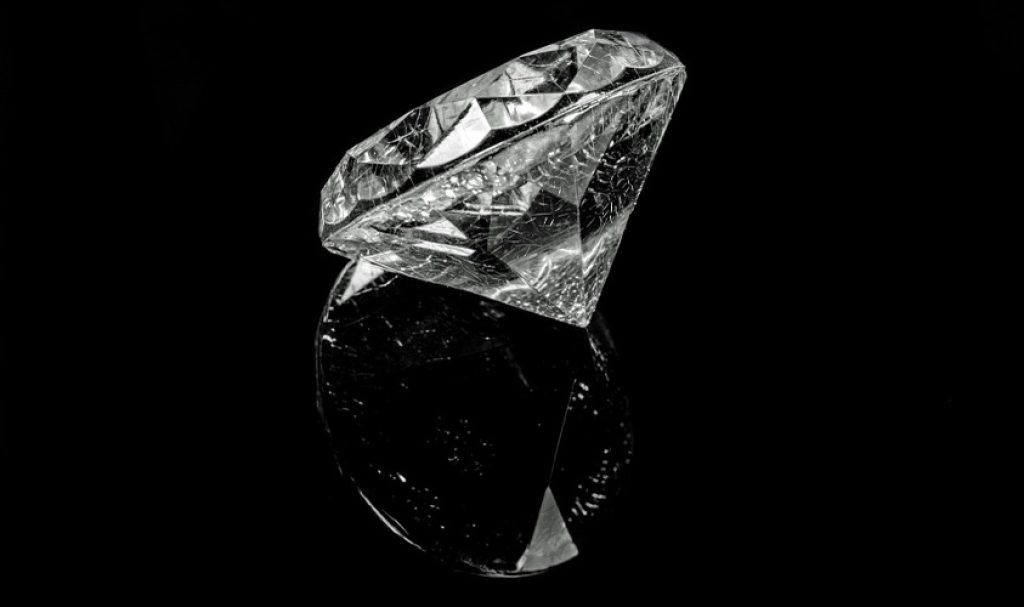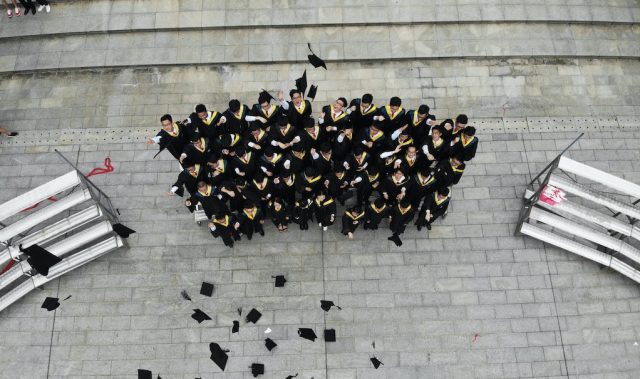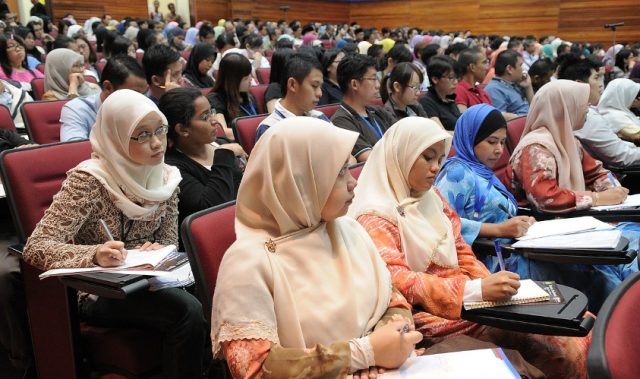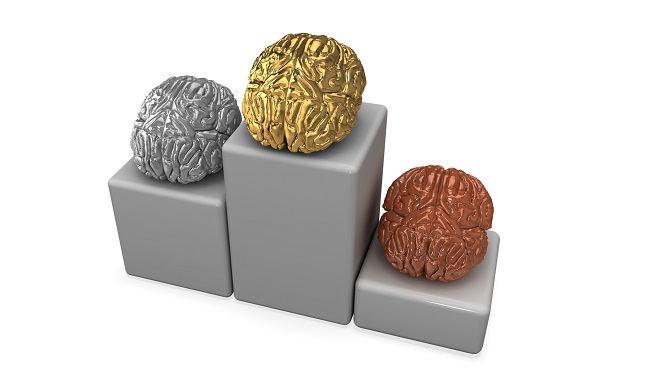
AsianScientist (Jun. 4, 2018) – An international team of scientists has found that diamonds can be bent and stretched when made into ultrafine needles. They published their findings in Science.
Diamonds are the strongest naturally occurring material on Earth. They are also renowned for their unique properties, such as high stiffness, exceptional thermal conductivity, high chemical resistance and high optical transparency. Although these remarkable characteristics of diamonds make them highly desirable for many scientific and technological applications, their versatility is still limited by their brittle nature.
In this study, however, researchers demonstrated that nanoscale diamond needles could flex and stretch without breaking, then return to their original shape. Their discovery overturns previous theories that diamonds are brittle. The study was a collaboration between scientists from the Institute for Basic Science and the Ulsan National Institute of Science and Technology in South Korea, Massachusetts Institute of Technology in the US, City University of Hong Kong and Nanyang Technological University, Singapore.
The research team from the City University of Hong Kong succeeded in fabricating nanoscale diamond needles by plasma-induced etching of diamond thin films deposited on silicon substrates through bias-assisted chemical vapor deposition.
The team then measured the bending of the diamond needles by observing them in a scanning electron microscope while pressing down on the needles with a standard nanoindenter diamond tip. They demonstrated experimentally that single-crystalline needles are simultaneously ultrastrong and susceptible to large elastic deformation, with fully reversible mechanical deformability of up to a maximum of nine percent of elastic tensile strain.
The researchers attributed the ultrahigh elasticity of the diamond nanoneedles to the lack of internal defects and the relatively smooth surface of the nanoneedles. They expect that their findings could lead to novel applications in bioimaging and biosensing, strain-mediated nanomechanical resonators, drug delivery, data storage and optomechanical devices, as well as ultrastrength nanostructures. The researchers further noted that large elastic deformations in nanoscale diamond needles will be suitable for use in next-generation flexible and foldable displays.
The article can be found at: Banerjee et al. (2018) Ultralarge Elastic Deformation of Nanoscale Diamond.
———
Source: Ulsan National Institute of Science and Technology; Photo: Pixabay.
Disclaimer: This article does not necessarily reflect the views of AsianScientist or its staff.












